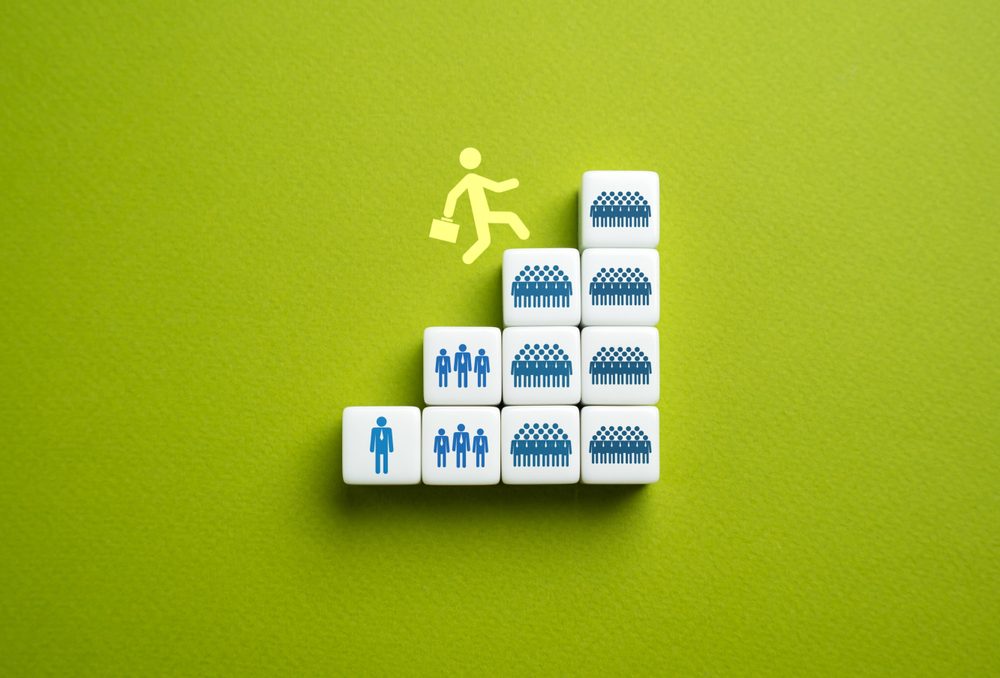Gardening is gaining in popularity as the baby boomer generation ages. Mail order sales of lawn and garden products represent the fastest growing segment of this $30 billion market.
About 8 million households bought products by mail in 1998, an increase of 14.2% and about a million more households than the previous year, notes the National Gardening Association Inc. in Burlington, VT.
Sales of related items such as garden pottery, birdbaths, fountains and wind chimes are up, as are sales in 16 gardening market segments such as lawns, flowers, houseplants, vegetables, shrubs, insect control and flower bulbs.
Gardening is second only to walking as the most common form of physical exercise among adults 30 and older. It’s ahead of stretching exercises, jogging or running, aerobic exercises, riding a bicycle, stair climbing, swimming, tennis, bowling and golf.
About 36% of 30- to 44-year-old men participate in gardening. The percentage rises with age to 42.6% for men ages 65 to 74, dropping to 38.4% for men 75 and older, according to a survey on physical activity conducted by the American Academy of Orthopedic Surgeons (AAOS).
Among women 30 and older, 28.6% do some gardening work. It peaks at 29.4% for those 45 to 64. And about 21.5% of women age 75 or older continue gardening, notes the AAOS.
The nature and variety of gardening activities is changing, as evidenced by the program agendas of gardening shows nationwide. Such trends include increasing emphasis on low-maintenance landscapes, local native plants and wildlife gardens designed to attract birds and butterflies.
Typically it’s the most advanced gardeners – those already growing wildflowers, annual and perennial plants – who’ll begin cultivating plants that attract butterflies, hummingbirds and songbirds.
– About 68 million U.S. households do indoor or outdoor gardening. About 47% of gardeners take care of lawns and 39% grow flowers – the most popular activities.
– More than a quarter of gardeners grow vegetables. Fewer than 10% raise aquatic plants, fruit trees, container gardens, berries, ornamental gardens or herbs.
– Sales of lawn and garden products increased 13.3% to $30.1 billion in 1998. Industry segments with the biggest gains in sales were lawn care, flower gardening, insect control and container gardening.
– Households spent an average of $452 on gardening in 1998, a 17% rise ($67 per household). The biggest spenders are 30 to 49 years old and married.
– An estimated 37% of households with incomes $75,000 or higher are involved in gardening. About 33% of older married couples and individuals 60 and up do gardening.
– Gardening is popular for a variety of reasons. About 46% of gardeners simply want to spend time outdoors, 39% find pleasure in aesthetic beauty and 36% view the hobby as relaxation.
– Gardening is most popular in small towns and rural areas in the West and Midwest. Demographically, the typical gardener is a college-educated professional woman age 30 or older with a household income of $40,000-plus.
– The largest volunteer gardening organization is the St. Louis-based National Council of State Garden Clubs, representing 8,488 clubs and 264,440 members across the country.
Source: National Gardening Association



